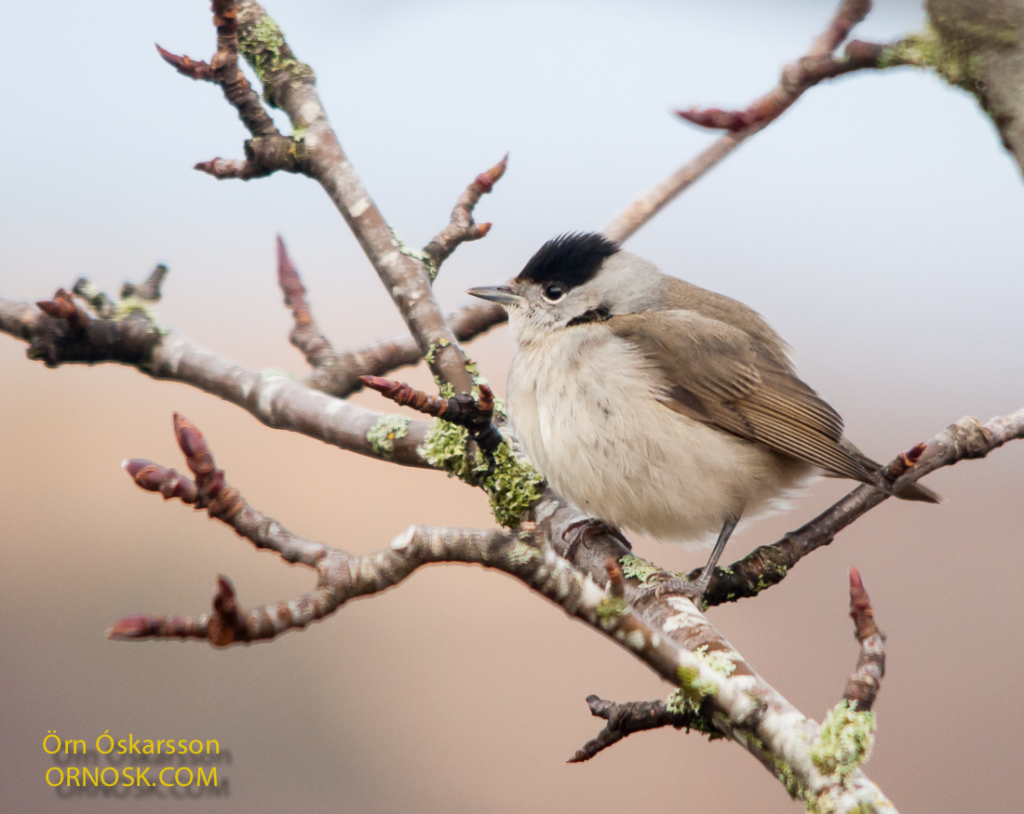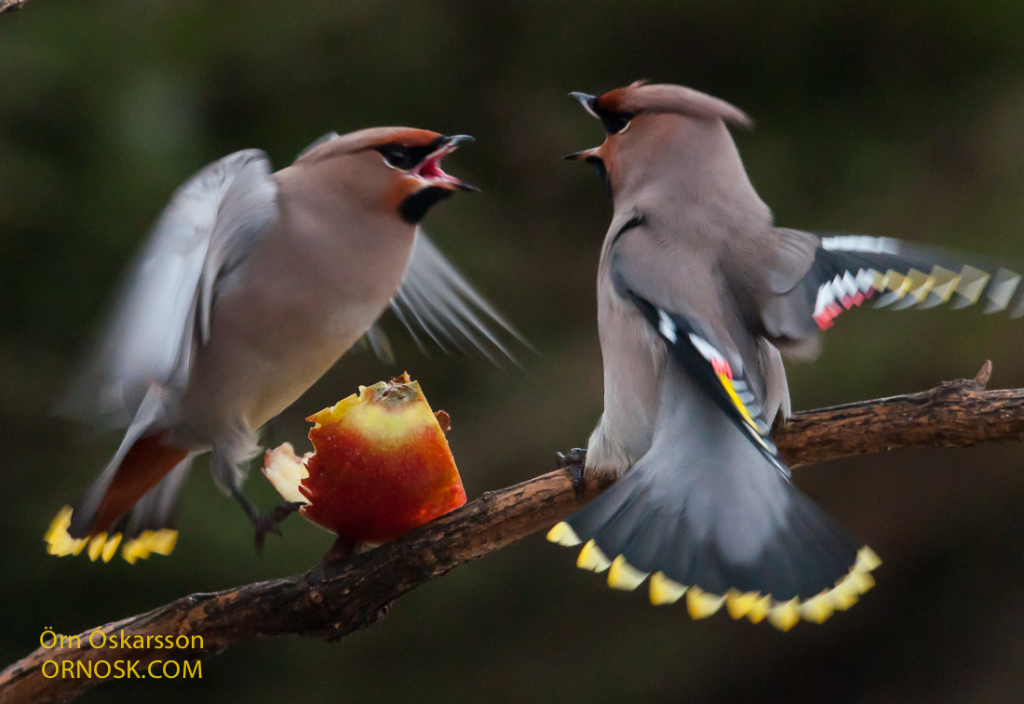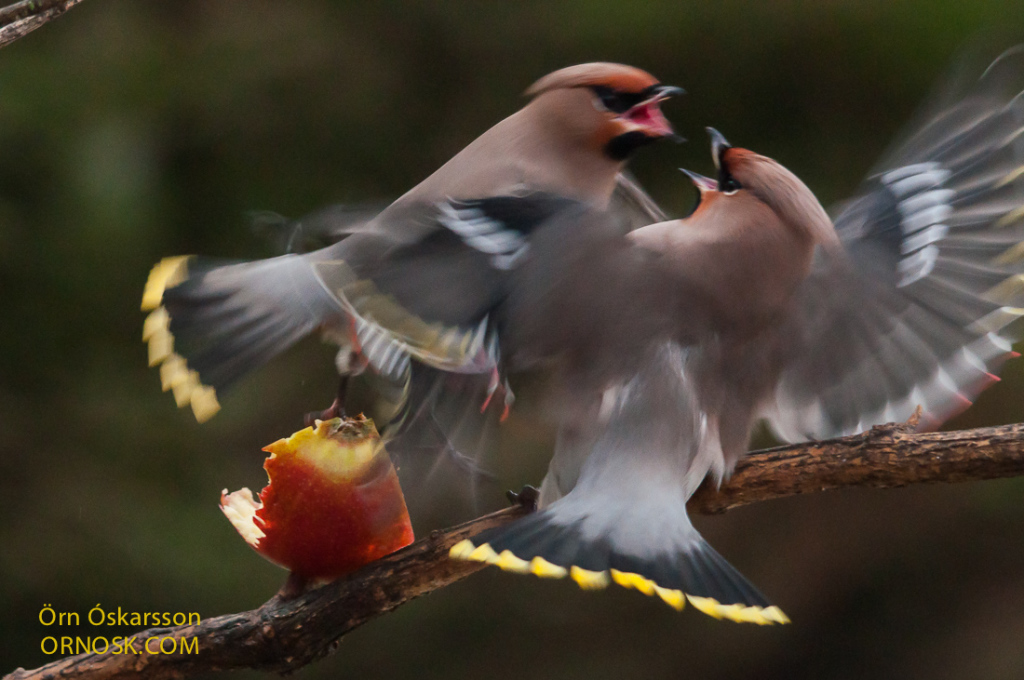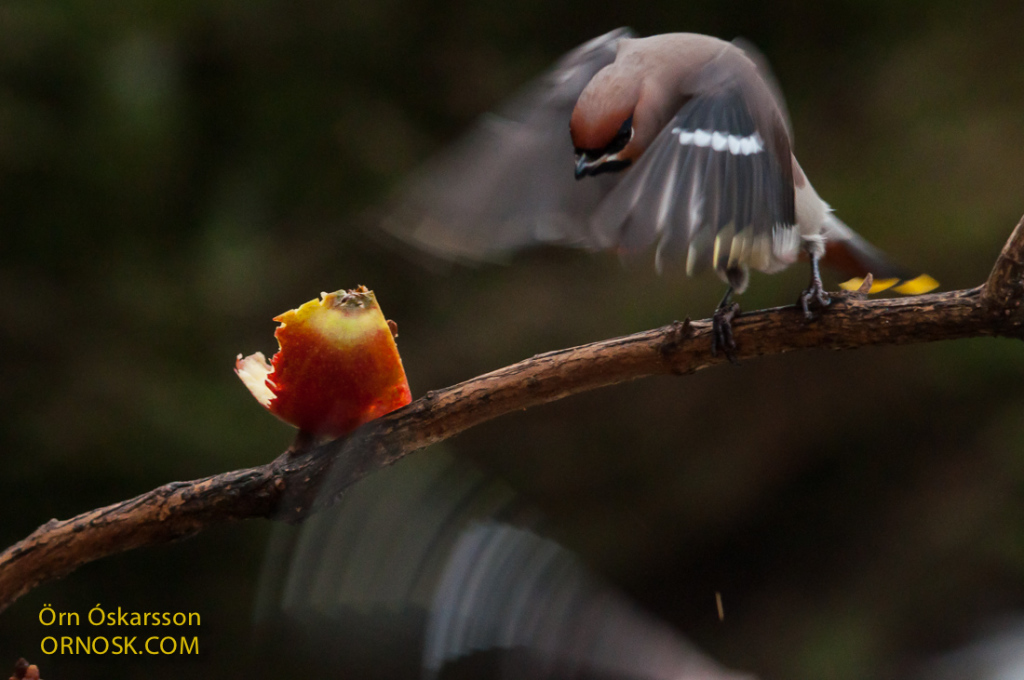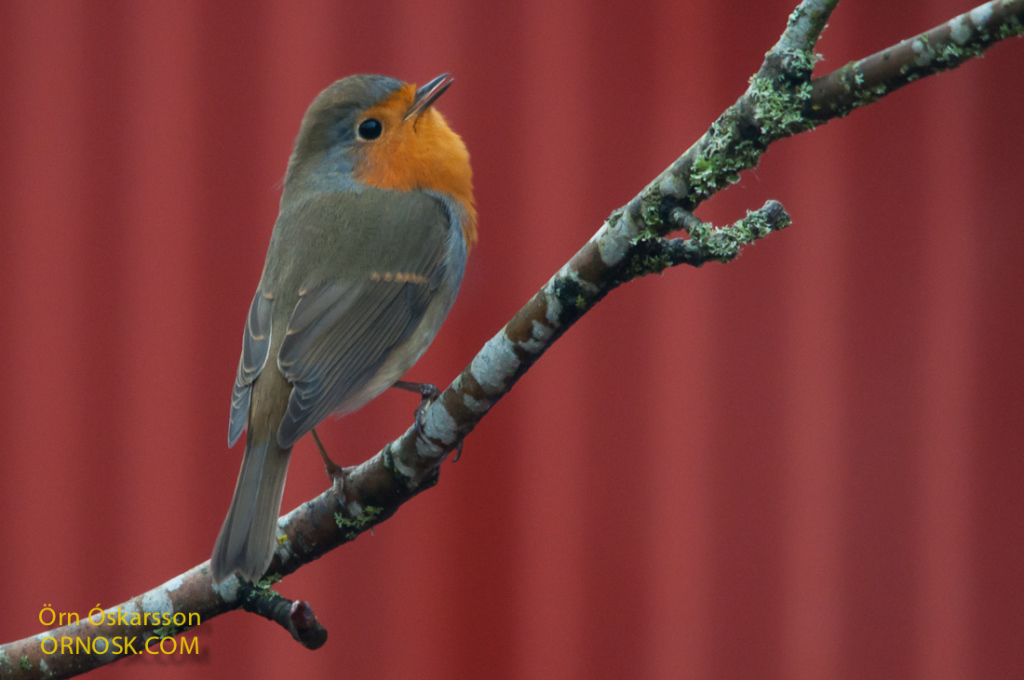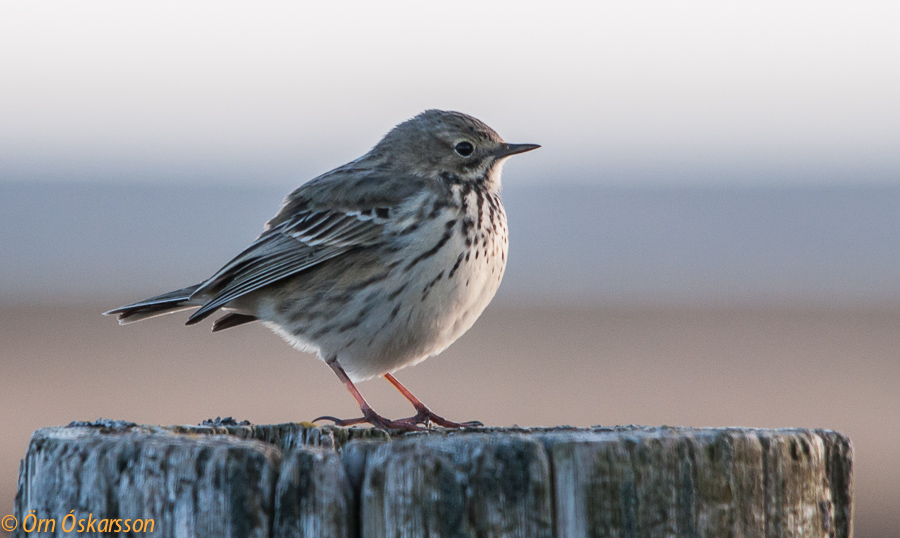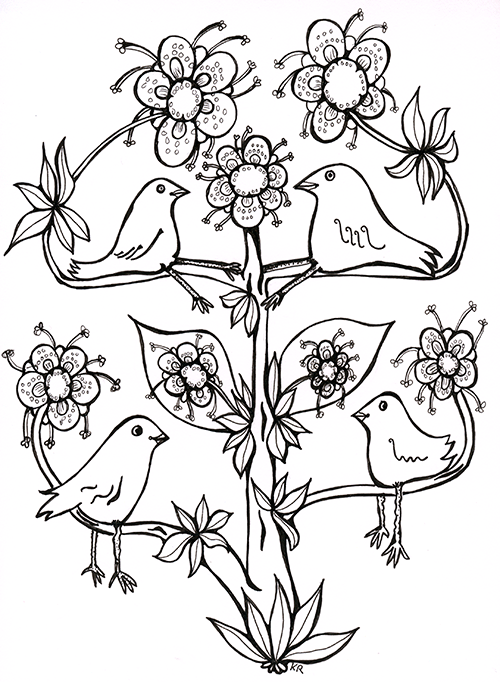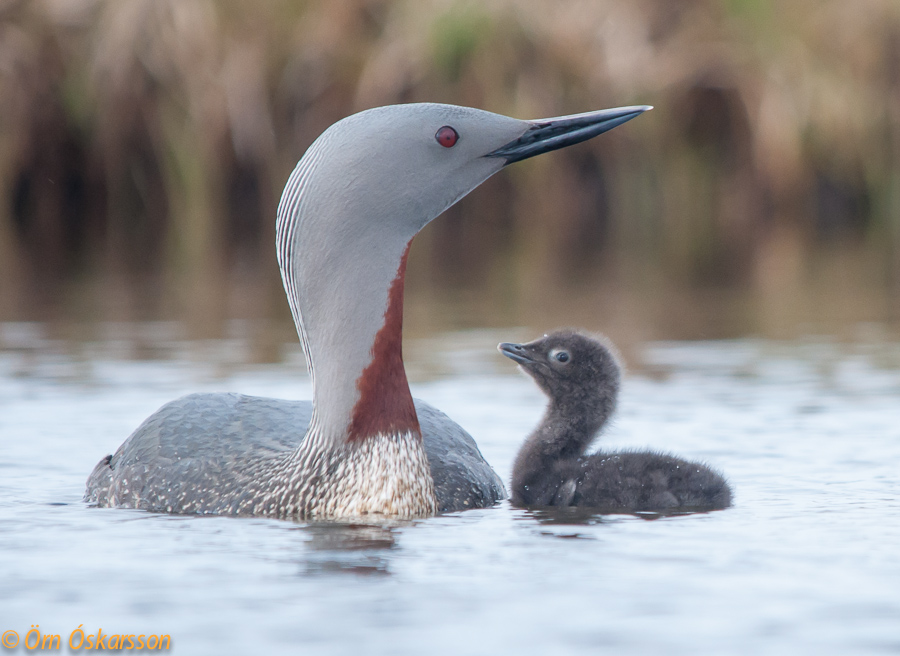There are a lot of Blackcaps in Iceland now. In the last couple of days we have had 4 -5 of both genders staying in the garden. They claim territories and therefore there has been a battle between them. It seems that one of them has taken ownership in the garden south of the house and another north of the house.
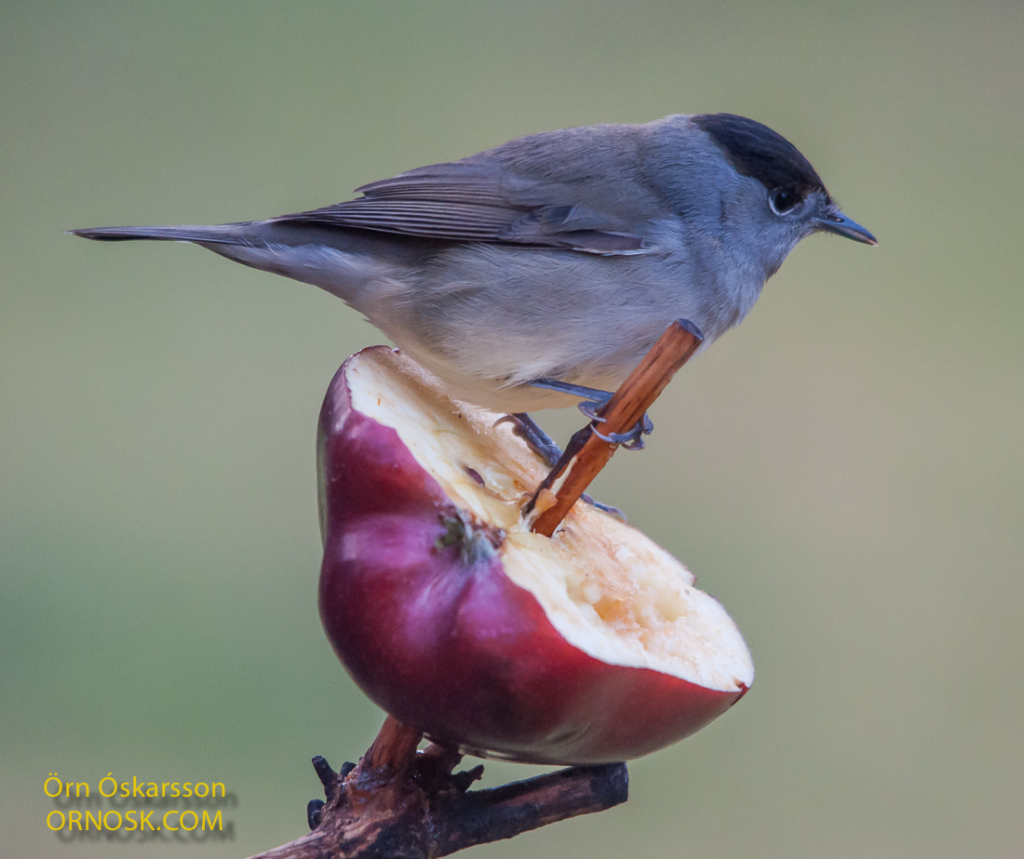
The Blackcaps like apples and pears a lot and are in constant competition with Thrushes and Starlings for these delicacies .
Blackcaps are vagrants in Iceland and have in a few instances managed to survive through the winter here in the garden. They have the most chance of surviving when the winters are mild. We’ll see what happens this winter.
This photo was taken yesterday, November 16, of a male Blackcap.

